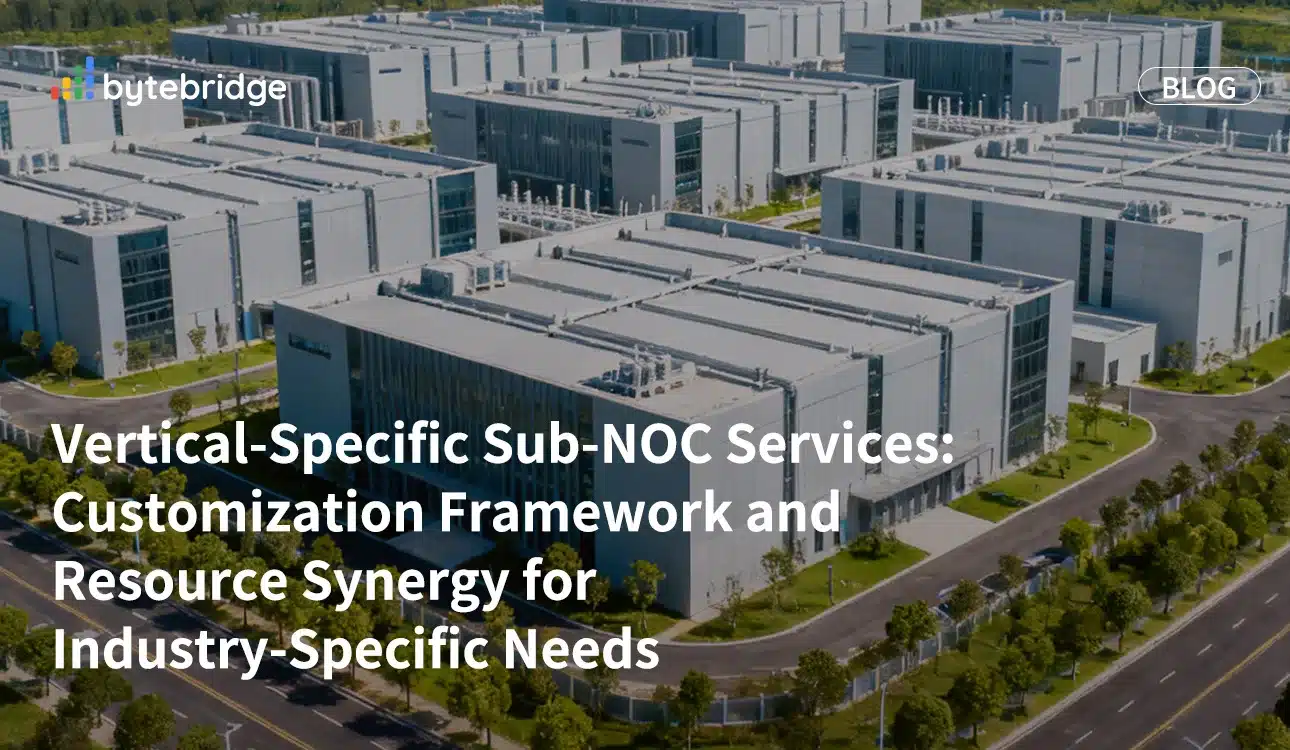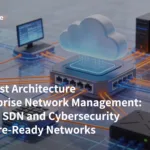The traditional, centralized Network Operations Center (NOC), built on a one-size-fits-all model, is increasingly inadequate for today’s specialized industries. While effective for general network monitoring, its broad focus lacks the depth to address the unique performance, security, and compliance needs of sectors like finance and manufacturing. This gap has spurred the rise of the Vertical-Specific Sub-NOC—a dedicated unit tailored to a specific industry’s business logic, operating in synergy with a central NOC.
Industry-Specific Design Requirements
A Sub-NOC’s architecture is dictated by its vertical’s critical demands.
- Financial Services: For this sector, latency equals lost revenue. The design prioritizes zero tolerance for downtime, focusing on microsecond-level transaction speeds, real-time fraud detection analytics, and stringent compliance (e.g., PCI-DSS). Standard NOC monitoring misses these nuanced, business-critical metrics.
- Smart Manufacturing: Here, the focus shifts to the factory floor. A manufacturing Sub-NOC must master industrial protocols (OPC UA, Modbus) to monitor IIoT devices and production lines in real-time. Its goal is enabling predictive maintenance and seamless IT/OT convergence, preventing costly production halts invisible to a generic NOC.
- Retail: For retail chains, the Sub-NOC manages a distributed ecosystem. It ensures the constant health of thousands of Point-of-Sale (POS) systems, credit card terminals, and inventory databases, synchronizing data across all locations to directly protect revenue, especially during peak sales.
Construction and Synergy Mechanism
Sub-NOCs are specialized extensions, not isolated siloes.
- Resource Sharing Model: The core NOC remains the overarching authority for the global WAN and core infrastructure. The Sub-NOC leverages this shared platform but overlays it with industry-specific tools, dashboards, and incident playbooks, creating efficiency through specialization.
- Specialized Skill Teams: The key asset is a team with dual expertise: robust networking skills plus deep domain knowledge. A financial Sub-NOC analyst understands cybersecurity and trading platforms, while a manufacturing specialist is versed in operational technology (OT).
- Cross-Sub-NOC Response: A centralized correlation engine can link incidents across verticals. For example, a logistics outage detected by one Sub-NOC can be automatically flagged to a manufacturing Sub-NOC, enabling proactive supply chain adjustments.
Performance Evaluation
Value is measured by a bespoke ROI framework using industry-specific KPIs. Beyond standard uptime, metrics include:
- Finance: Prevented latency breaches, trade settlement times.
- Manufacturing: Reduction in unplanned downtime, improved Overall Equipment Effectiveness (OEE).
- Retail: POS availability during peak hours, reduction in lost sales.
Case Analysis: Banking Sub-NOC
A global bank deployed a financial Sub-NOC to protect its trading platform. The traditional NOC saw links as “up” but missed crippling microsecond latency. The Sub-NOC, equipped with precision timing and trading application monitors, autonomously managed these issues. The result was a 40% reduction in latency-related errors and enhanced regulatory compliance, directly justifying the investment.
Conclusion
The shift from a monolithic NOC to a federated core-and-sub-NOC model marks a maturity leap in IT management. It transforms network operations from a generic support function into a strategic, business-embedded partner. By prioritizing customization within a synergistic framework, the Sub-NOC model drives unparalleled specialization, ensuring network reliability directly translates into tangible business resilience and advantage.






